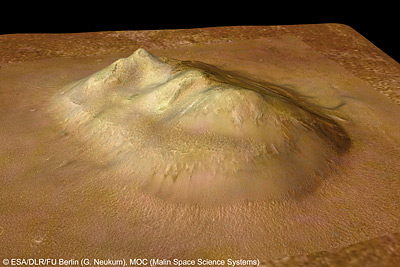Sometime between January 29th and January 30th, I thought this stuff was interesting. You might think so too!
- Do Humanlike Machines Deserve Human Rights?: "This question is starting to get debated by robot designers and toymakers. With advanced robotics becoming cheaper and more commonplace, the challenge isn't how we learn to accept robots–but whether we should care when they're mistreated. And if we start caring about robot ethics, might we then go one insane step further and grant them rights?"
- On the Flickr support in iPhoto ‘09: From Fraser Speirs, author of the excellent Flickr Export plugin for iPhoto and Aperture: "I acquired my copy of iLife ‘09 yesterday and decided to dive deep on how Apple have implemented Flickr integration in iPhoto ‘09. Here are the results of my investigation. Be aware as you read that this is the result of a morning’s click-around investigation and not months of serious use. I will do my best to give an honest assessment of what is in iPhoto ‘09, and you’ve already read my full disclosure in the previous paragraph."
- Google School: Find Images by Exact Dimensions, Make Wallpaper Search a Breeze: "Weblog Design Live uncovers the undocumented search operator (that's also new to us) and demonstrates how to use it. Just use the imagesize operator followed by the WidthXHeight in pixels." For instance, imagesize:320×480 goth finds iPhone/iPod Touch wallpaper ready 'goth' images (for a potentially odd interpretation of 'goth', that is).
- White House Unbuttons Formal Dress Code: "The capital flew into a bit of a tizzy when, on his first full day in the White House, President Obama was photographed in the Oval Office without his suit jacket. There was, however, a logical explanation: Mr. Obama, who hates the cold, had cranked up the thermostat. 'He's from Hawaii, O.K.?' said Mr. Obama's senior adviser, David Axelrod, who occupies the small but strategically located office next door to his boss. 'He likes it warm. You could grow orchids in there.'"
- Create Your Own Original Star Trek Story: The original Star Trek only managed to make 80 episodes before running out of Dilithium. Not enough! So we mixed up the show's most frequent plot twists, to create a foolproof Trek story generator.



